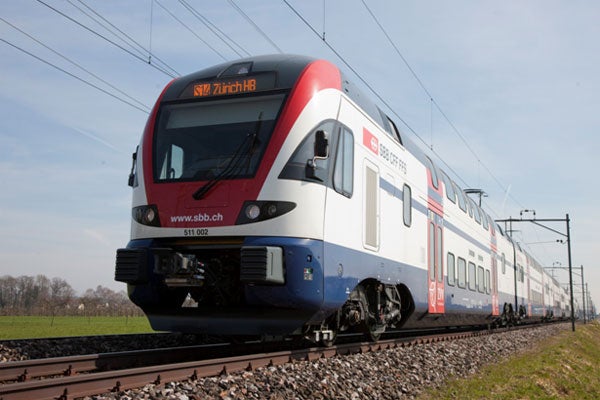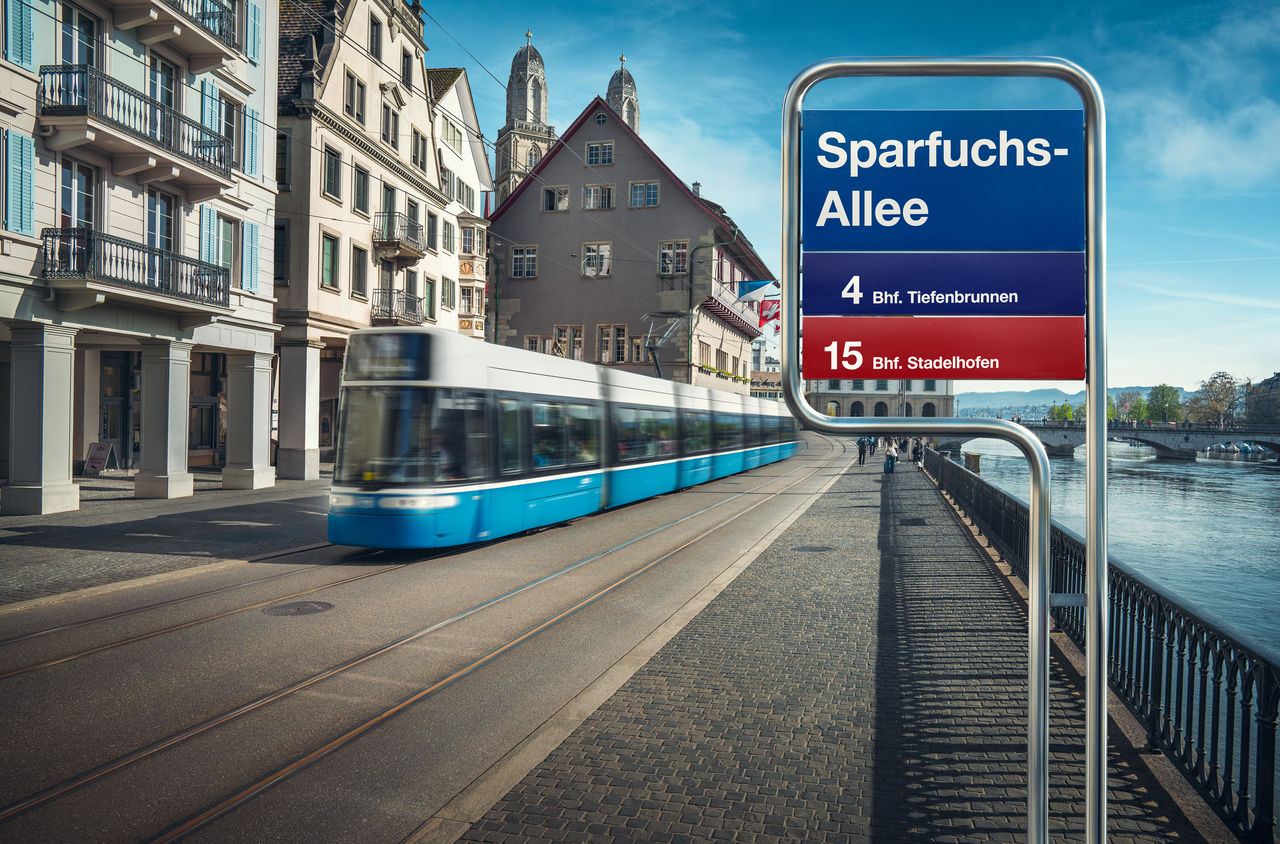4th partial expansion
The 4th partial expansion of the Zurich S-Bahn constituted the largest expansion of services in the history of the ZVV. This enabled capacity bottlenecks to be eliminated and additional demand to be met.
The 4th partial expansion was implemented in three stages from 2014 to 2018. All the stages were accompanied by an expansion of bus services in the region. The capacity expansion was coordinated with major international and regional projects. In addition to the cross-city link, the High-speed Train Connection project (European high-speed train network) as well as the FDRI (Future Development of Railway Infrastructure) were also of key importance.
Services
By 2010, passenger numbers on the Zurich S-Bahn had risen by around 150 percent compared with the start in 1990. The rapid increase in demand required a larger service. As part of the 4th partial expansion, new lines were introduced and existing lines were newly linked or extended, and operated more frequently during peak hours. Overall, the service was increased by 25 percent. These service improvements resulted in adjustments to the existing line concept.
- Map of the lines for the whole network, changes in december 2018
Download (PDF, 468 KB) - Map of the S-Bahn lines for the whole network, 2023
Download (PDF, 3.3 MB)
Infrastructure
Various track systems and stations had to be expanded so that the 4th partial expansion could start rolling. In addition, signaling equipment needed adjusting so that the trains could run at shorter intervals.
Costs
The infrastructure expansion was part-financed by the Canton of Zurich, the federal government and neighbouring cantons. The cost of the railway facilities directly attributable to the 4th partial expansion totaled around CHF 350 million. Due to the territorial allocation of costs, around CHF 250 million of the investment amount was allocated to the territory of the Canton of Zurich. The federal government shared the cost of 35 to 40% of the canton's contribution. The remainder was accounted for by neighboring cantons.
New rolling stock
The service expanded as part of the 4th partial expansion required more vehicles. The ZVV and the SBB therefore put new train compositions on the rails. The old S-Bahn generation was also refurbished.
SBB had placed an order with Stadler Rail for 49 trains of the latest 3rd generation of double-deck trains (Regio-Dosto) for use on the Zurich S-Bahn. These were put into service in stages up to 2018. Optimisations were also on the agenda for the 115 1st generation double-deck trains (DPZ). By 2018, one intermediate car each had been replaced by a new low-floor double-deck car (NDW), allowing barrier-free access into the trains. At the same time, these intermediate cars were modernised: they were fitted with an air-conditioning system, freshly refurbished interiors and spacious boarding areas.



